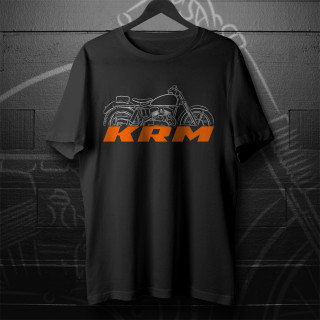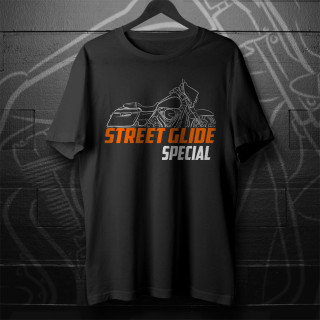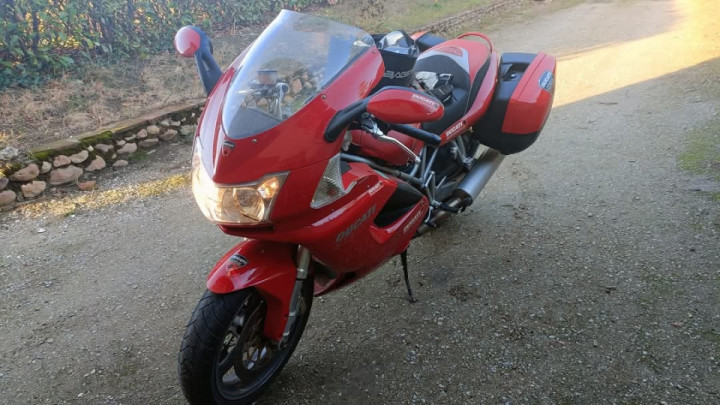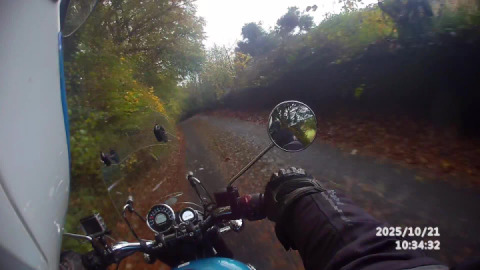Halfway through the Second World War, designer Aldo Leoni and Aldo Farinelli, developed the prototype for an auxiliary engine designed to be fitted on a bicycle: its name was Cucciolo.

The project by Leoni and Farinelli had several advantages vis-à-vis the competition, more specifically the four-stroke cycle and the two-speed gearbox, allowing to make the most of the engine power.
The Cucciolo allowed SIATA to resume its business in May 1945, when a new factory is opened in Via Leonardo da Vinci, in Turin. The new plant was built in a record-breaking time in place of the old factory, which had been damaged during the war. The engine was launched at the Turin Show. On 26 July 1945, the magazine Motociclismo presented the micro-engine made by S.I.A.T.A.: “A puppy (cucciolo) was born in Turin”.
After a few months selling the Type 1 model, given its incredible popularity, it became clear that S.I.A.T.A. was ill equipped to meet such a staggering demand. This is when Ducati, from Bologna, came into the picture.
In 1945 the Ducati brand, already well known and appreciated for its innovative precision machining and radio-electric products, decided to expand its scope of business by launching the Cucciolo line and purchasing all manufacturing rights thereto.
In March 1946 the first ten Type 1 Cucciolo engines were manufactured under licence from “S.I.A.T.A.” and presented at the Milan Trade Fair in September 1946.
On the same year Ducati completed its first original projects, called T2. Strongly influenced by T1, T2 stood out for some remarkable strides in terms of engine efficiency and sturdiness but, most importantly, in its structural logic. For example, the cylinder had been redesigned to be removable, while the drive mechanism was improved in terms of access; the cylinder head had also been changed and the power increased. The frame was backbone (much ahead of its time!), the suspensions were extremely flexible, both front and rear. The engine was cantilever fitted.
A sturdy yet practical luggage rack was provided with telescopic suspensions independent from the frame ones.
The company also launched a sporty version of T2, having a power of 2HP and a top speed of 60km/h.
Between 1947-1948 the production output was 240 units per day. In 1948, under the leadership of Giovanni Florio, Ducati started the production of the first engine entirely designed internally, the T3.
In keeping with the first Cucciolo, the T3 had a three-speed gearbox and a grease-lubricated valve protected by a casing.
In 1949 Caproni, a famous wartime aeroplane manufacturer from Trento, designed a special tubular frame with rear suspensions.
In the summer of 1949 the frame, still manufactured by Caproni, was further improved to look like a true motorbike and house the new, larger and entirely redesigned Cucciolo T3, mounted in Borgo Panigale.
This was the dawn of Ducati 60, a “Light motorcycle” model in its full right.
A year later the company launched the sporty version of Ducati 60, a displacement of 65cc, a rear “monocross” swinging arm and two sets of telescopic shock absorbers; this version marked the debut of the company in the world of motorbike competition.
The Cucciolo stood out for its incredible fuel-mileage ratio: almost one hundred km with one litre of fuel!
#Ducati #Classic #Moto #Bike






























